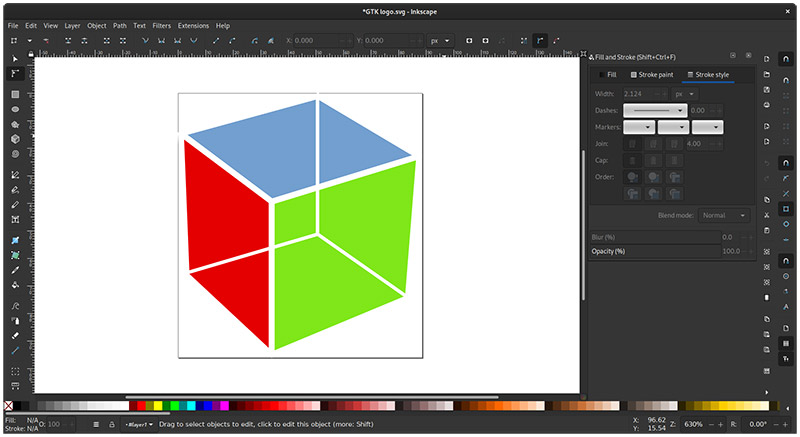


jpeg, etc), but you won’t be able to edit the individual elements.Įxporting: I always keep my original.svg as a master file so that I can go back to the image later. Of course you can always import bitmap files (. Importing: in my experience, Inkscape likes. Also think about how a figure in your paper will look in black-and-white, for example, if someone prints it at home. You might want to avoid black or dark backgrounds, as some printing groups (or those printing from home!) do not like using that much ink. Do you happen to know that the projector in your conference room doesn’t display green very well? Avoid using it as your primary color in a figure.Īlso keep in mind the requirements of your final printed product if you are making a figure for a paper or a poster. However, when working with images, I can periodically check how they will look on the projector by pumping up the brightness and removing the yellow tint. I often like to work with a lower light and warmer colors on my screen to protect my eyes (and some programs like flux do this automatically at night). If you’re planning to show this image on screen, make sure that the settings on your editing screen are similar to the settings on the presenting screen. General tip: Always keep in mind your image’s final destination Anastasia Sares put together a list of super-helpful tips and hacks she’s discovered while editing her science images in Inkscape – enjoy! It’s a flexible and advanced tool, but sometimes all of that flexibility can be intimidating. Want to make some polished figures and posters but don’t want to pay for expensive software? Inkscape is a free, open-source image-editing program like Adobe Illustrator, Corel Draw, Freehand, or Xara X.


 0 kommentar(er)
0 kommentar(er)
